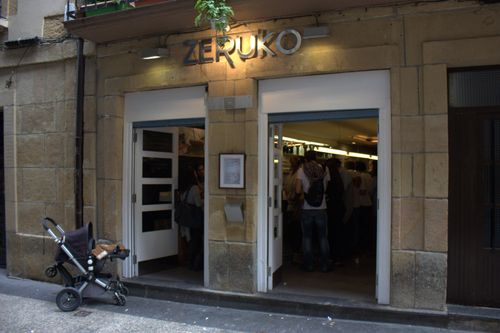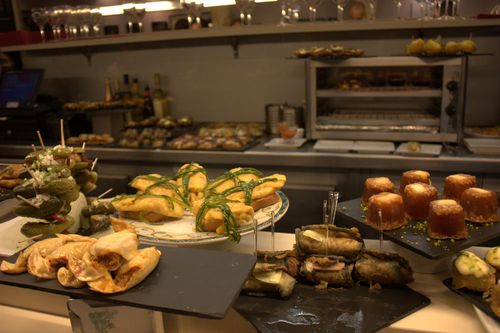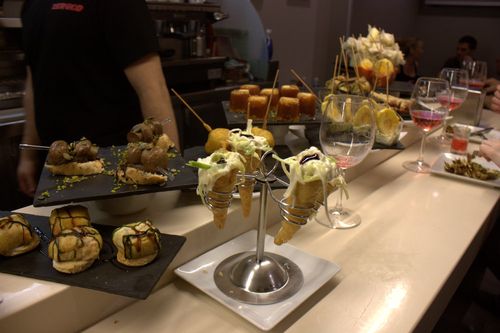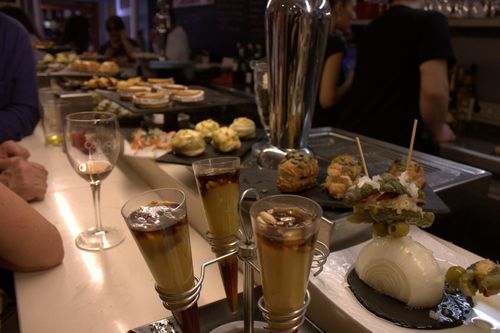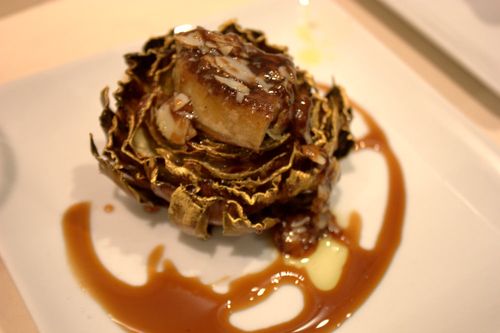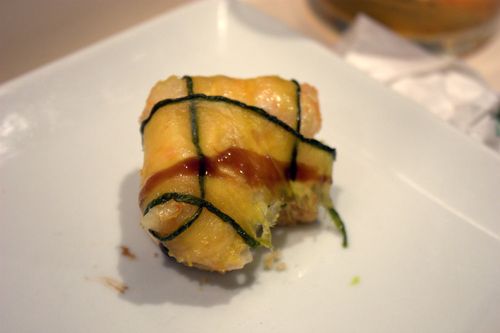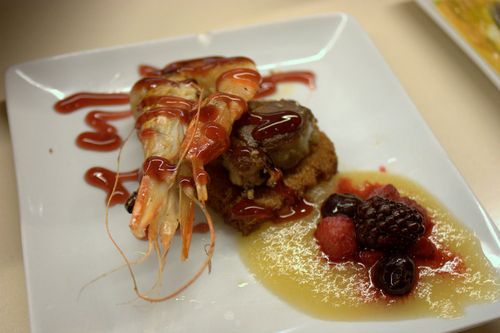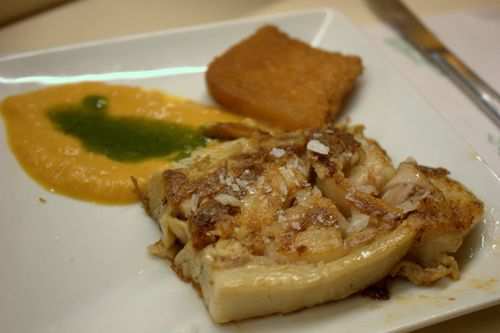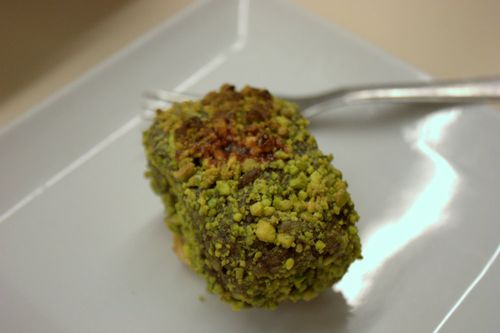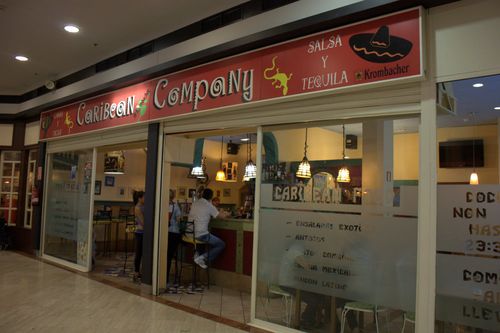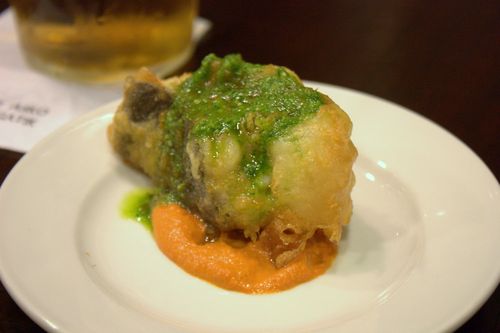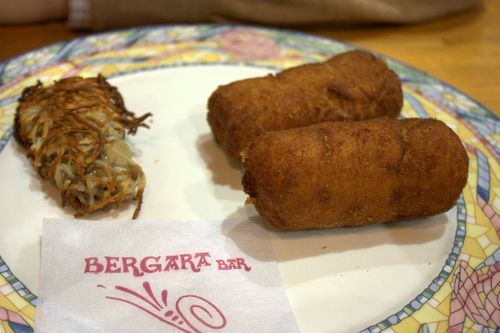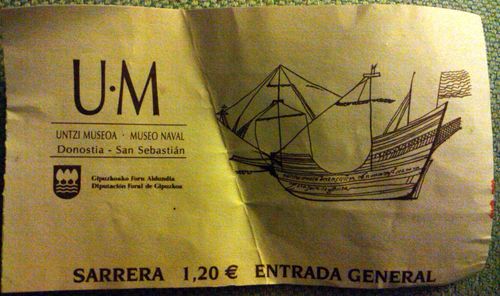Borda Berri
 1/2 Borda Berri, where I managed to squeak in just before the gate was pulled down for the evening, had a different vibe (dare I pull out the H-word?) than many other pintxos bars. For one, no one dining or behind the counter appeared to be over 30. They also had a penchant for American classic rock a la Sweet Home Alabama interspersed with Spanish-language metal.
1/2 Borda Berri, where I managed to squeak in just before the gate was pulled down for the evening, had a different vibe (dare I pull out the H-word?) than many other pintxos bars. For one, no one dining or behind the counter appeared to be over 30. They also had a penchant for American classic rock a la Sweet Home Alabama interspersed with Spanish-language metal.
On Saturday night, the crowds spilling onto the street–generally speaking, not just at Borda Berri–felt more off-puttingly Lower East Side, though. Screaming, glass-breaking (though San Sebastián was suspiciously free of zombie-texters, and smartphones, period). Is there such a concept as bridge-and-tunnel or fratty in Spain?
No matter, I had time to enjoy the first “taco” of vacation. This particular taco was tempura’d bacalao with multiple sauces that I’ve already forgotten. Sauces and drizzles are to pintxos what flowers are to alta cocina.
And a sorry photo of bread slices (if the pintxo isn’t served atop bread, you’re usually given bread on the side, which makes the three-to-four-bite concoctions feel like a real meal—plus, you don’t want to waste any of those aforementioned sauces) blocking the chunk of foie gras. The mustard was flavored with mysterious fruity ingredient that I didn’t recognize when reading the chalkboard.
“Qué es una cireula?” I asked. “Inglés?” the gentleman behind the counter correctly assumed while pulling a menu from behind the bar. After a bit of scanning, I was told “plum” in an equally heavy accent as I imagine my “cireula” sounded to him. Ah, plum instead of apple with this foie gras.
How many of these pintxos bars have foreign language menus hidden away, I’m not sure, but the only two languages I ever saw advertised explicitly on doors—which I took as a signal to stay far away—were English and French. All other tourists are out of luck—and from what I could hear, seemed to speak pretty good English anyway.
Borda Berri * Fermín Calbetón, 12, San Sebastián, Spain

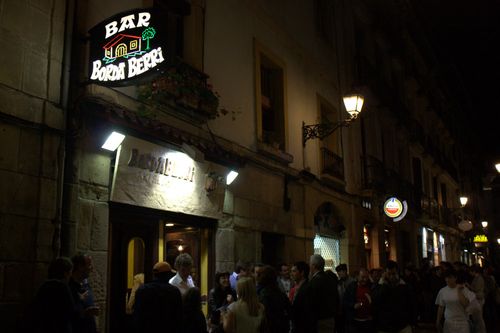
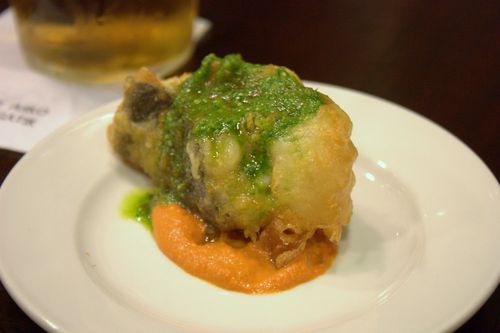
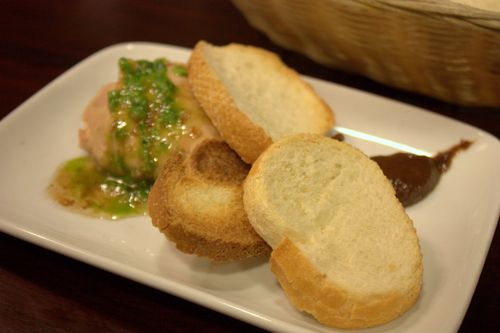
 Follow
Follow

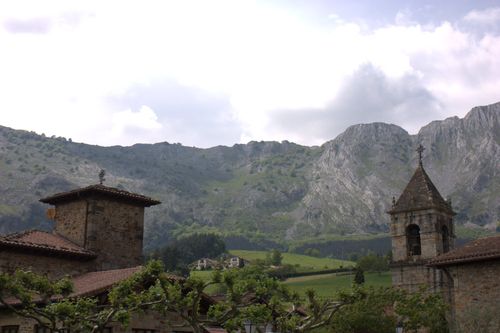
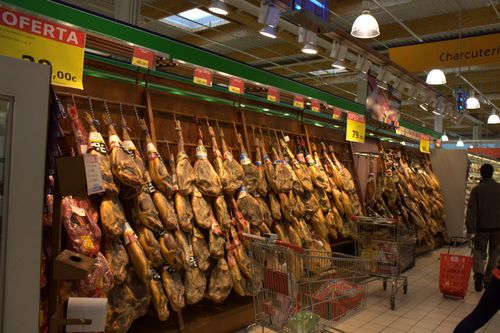
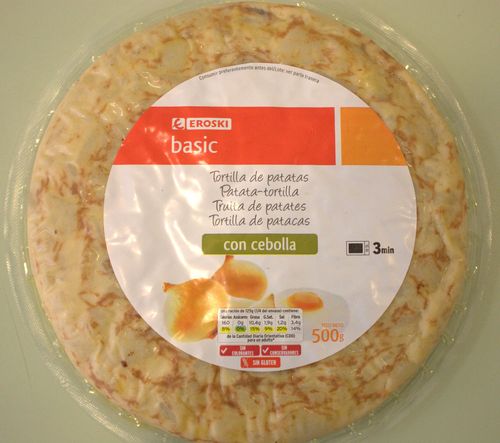
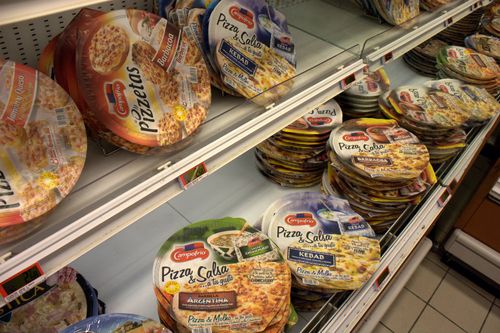
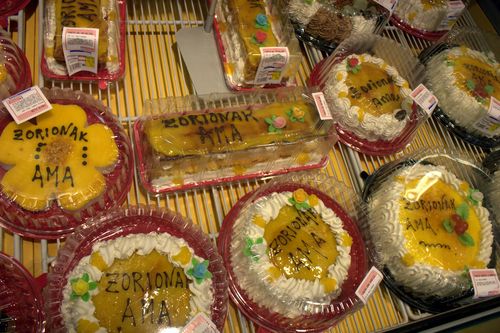
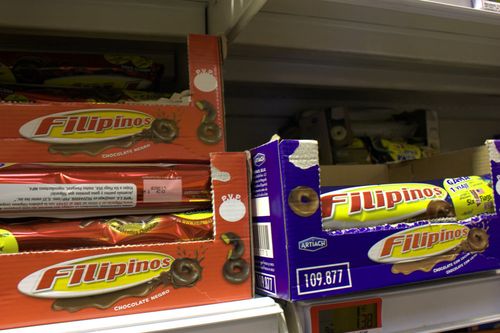
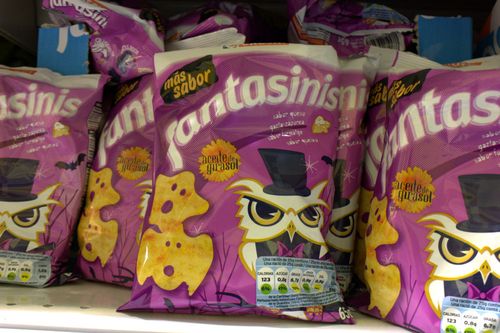
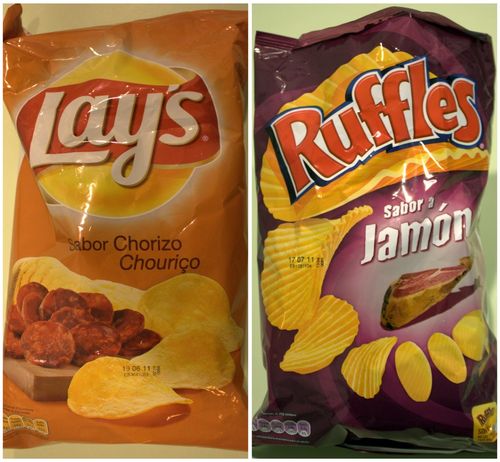



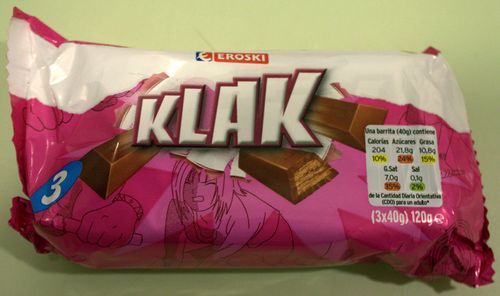
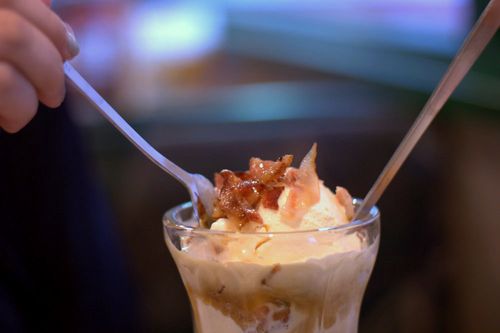

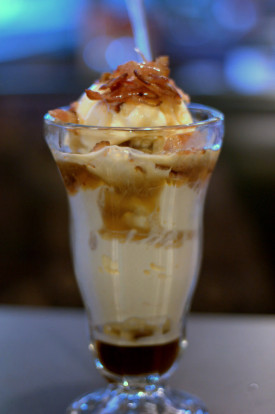
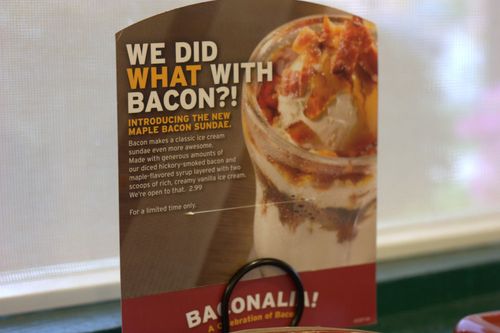
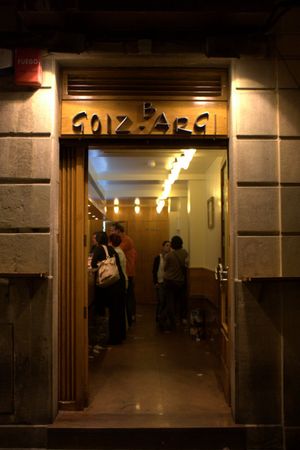
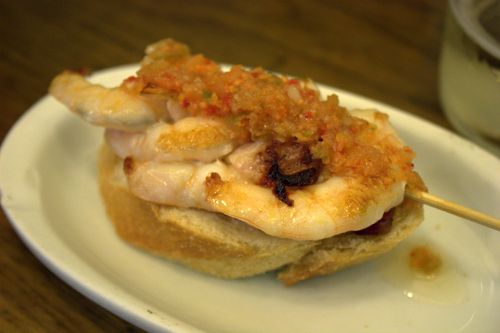
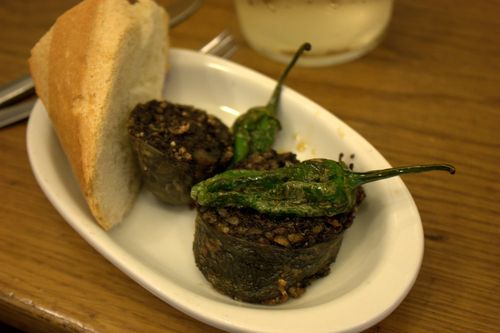
 Zeruko, where foie gras hides in every crevice and otherwise responsible adults leave sleeping infants unattended in strollers out front, turned out to be one of my favorite places to eat in San Sebastián. (In the late ‘90s
Zeruko, where foie gras hides in every crevice and otherwise responsible adults leave sleeping infants unattended in strollers out front, turned out to be one of my favorite places to eat in San Sebastián. (In the late ‘90s 